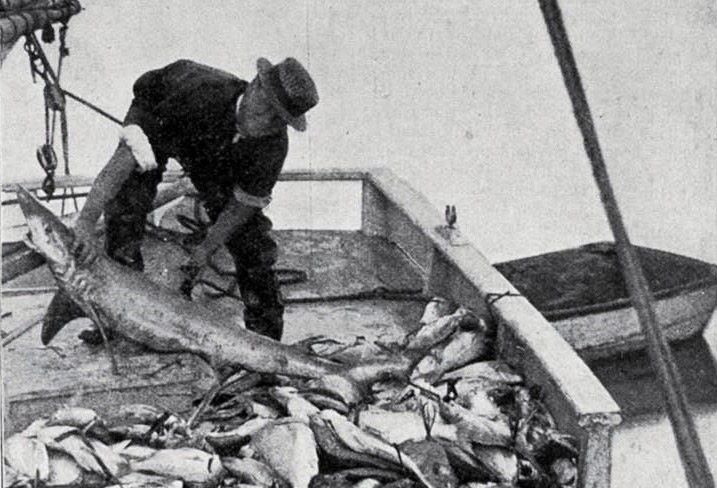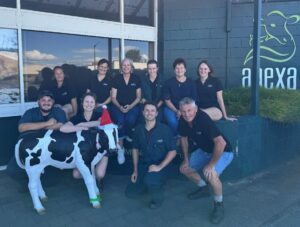As part of a Valley Profile series, MEGHAN HAWKES searches through old newspapers to bring you the stories Thames Valley locals once read about themselves.
1902
A fishing village at the mouth of the Piako River was proposed by Mr H Haszard, District Surveyor.
Once the Piako swamp was properly drained, an area could be reserved and surveyed into sections of a few acres each. There was a considerable fishing population at Thames, which was living cooped up in small town allotments, but whose sphere of work layoff the banks of the Piako.
If they could settle close to their work, they would not only save a great deal of time in sailing back-wards and forwards, but in fishing there was so much broken time that could profitably be spent in improving their holdings .
A remarkable scene occurred when a school of black fish (a species of whale) appeared in the Hauraki Gulf. There were thousands of fish which, for over an hour in a continuous stream, passed Short-land and made for the Waihōu River. When they reached this point, many of them headed up the river while others turned to the west in the direction of the Piako River.
The schoolmaster of Hikutaia School appeared in Thames court on a charge of thrashing a boy for swimming with his sister and other girls.
The headmaster had warned the boys and girls that he would punish them if he found them bathing together, when separate bathing places in the river were provided.
The Magistrate decided that the schoolmaster had no jurisdiction to administer punishment for an offence committed out of school and school hours, and gave judgment for the complainant for 5 pounds damages and 5 pounds 15 shillings costs.
Mr Morpeth, when proceeding to Paeroa on a bicycle, met with a disagreeable mishap.
He had pedalled for nearly two hours along a muddy road, and, weary of the continued strain, he branched off on a smooth pathway.
About a mile and a half from Paeroa he attempted to cycle across a narrow footbridge spanning Buchanan’s Creek. He had reached about the middle of the bridge when the handle of his machine struck the hand railing, and in a moment both bicycle and rider were plunged into the marsh below.
Mr Morpeth completed the journey to Paeroa in a bedraggled condition.
Mr F Tanner, of Waihī ,had on view at his residence a model of a balloon which he claimed was more useful and safer than any balloon yet attempted.
The balloon was shaped like an orange, enclosed in a massive network, and would contain 30,000 feet of gas when inflated for an ascent.
At the lower part of the balloon was a circular car, projecting from which was a long boom with two large sails attached, which could be set to suit the pre-vailing winds. Underneath the car was fitted a cylinder made of aluminium, and cigar like in shape.
This was charged with gas and acted as a keel.
The balloon was meant to become an oversea mail carrier, its average speed being calculated at 55 miles per hour. The cost of the balloon would not exceed 300 pounds.
If the money could be raised Mr Tanner proposed to make a voyage from Thames to Auckland. He intended to raise the money by way of a Magic Lantern entertainment, detailing ballooning from its discovery to the present day and its future possibilities.





